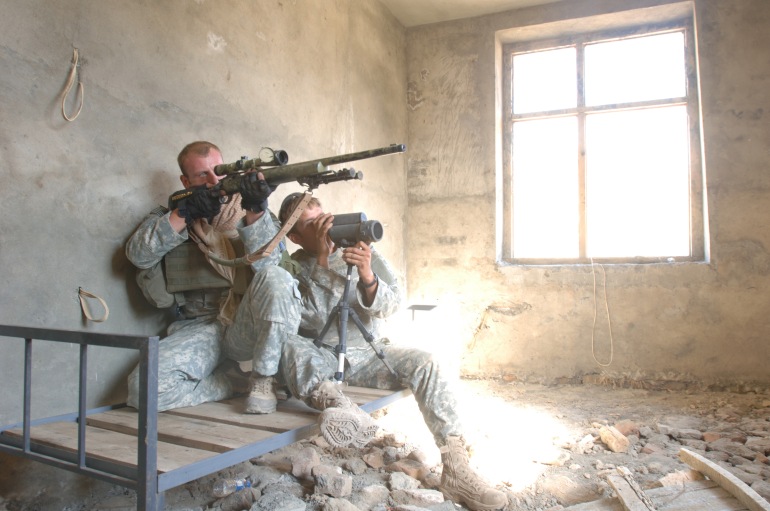It has seemed to become common knowledge that minorities are inadequately represented on television. However, the representation of minorities on television have been changing for two reasons—firstly because there has been a rise in social support for inclusion of minorities in television and secondly because racial issues in television have been attracting the attention of mass media.
An article from The Guardian looks back on the fall television season of 2014, focusing on the seven new projects that included main characters of a minority race. This may not seem like much but is a huge increase from the one minority show produced in 2013, which was shortly canceled after airing. Shows like Blackish, a sitcom featuring an African-American family, as well as Fresh off the Boat which follows a Chinese family moving to Florida have consistently been featured by the news as unique and exciting programs—the first of their kind in years.
This move is not just about fairness or equality. If diversity wasn’t making money for the networks, it wouldn’t be happening. In a UCLA study in 2013, greater diversity in broadcast and cable shows was linked to higher ratings.
In the news, representation of race has been shifting, too. Since a study by Dixon, Azocar, and Casas in 2003 supported the overrepresentation of whites as victims in officers and the underrepresentation of African-Americans in the same roles, it has been widely accepted that the news does not necessarily represent reality. However, a more recent study performed at UCLA reworks this study focusing on both broadcast and cable news.
In this study, the results showed that the TV accurately depicted the correct amount of white violent perpetrators but actually underrepresented black violent perpetrators by 20%. Furthermore, the number of black victims was also underrepresented by 26%. Even worse are the misrepresentations of minority groups that are far less focused on than black or white. While only 47% of immigrant suspects are Latino, yet the news represents 97% of the suspects as Latino. Furthermore, while only 6% of terror suspects in the United States are Muslim, the news shows 81% of suspects as Muslim.
These statistics really tell it all; if the news, which is often considered a representation of reality, is so drastically representing minorities as criminal, it is only natural that the fictional shows created follow these guidelines and avoid making minority protagonist characters. As television shows begin to fight these stereotypes to coincide with increasing public support for accurate minority representation, it is time for the news industry to follow suit.
